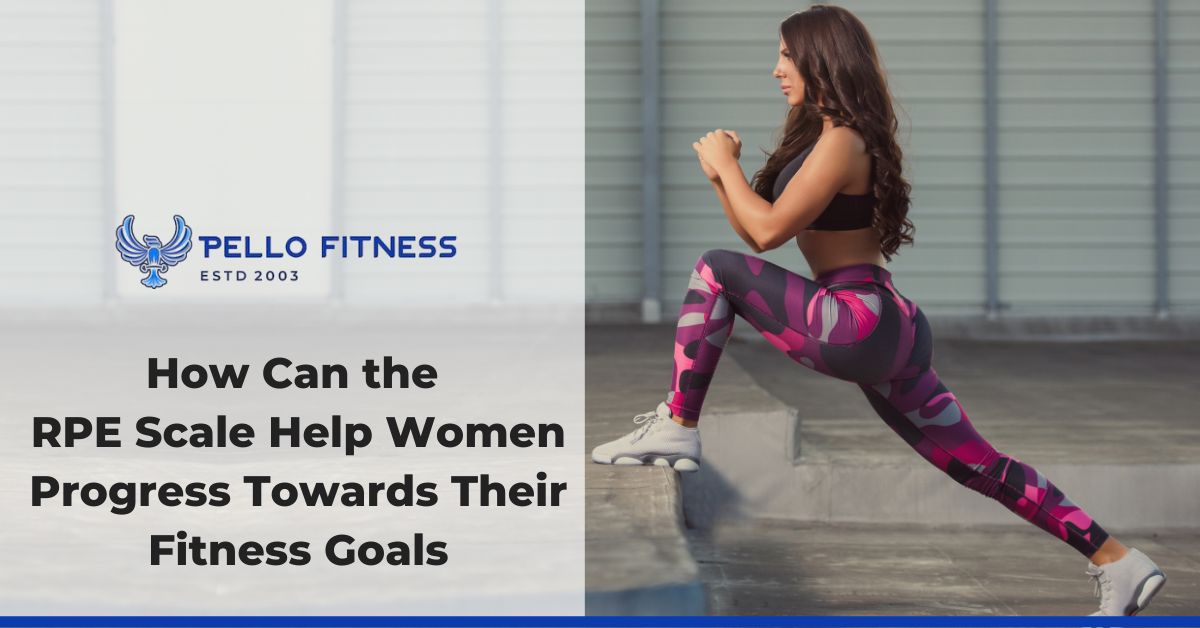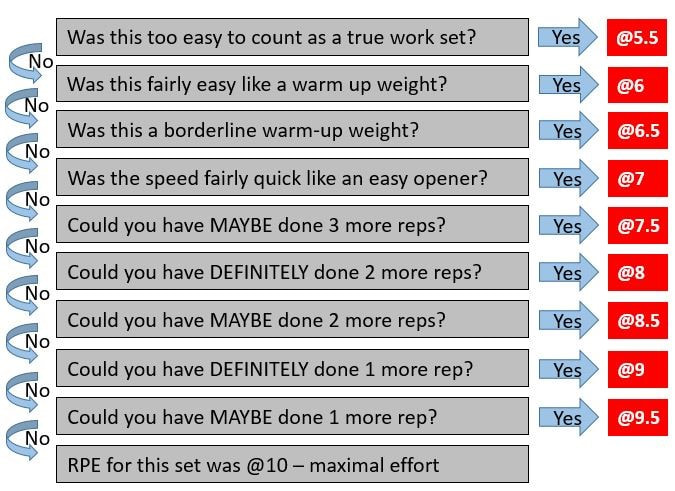|
In our recent blog on the principles of building muscle for women, we introduced the concept of the RPE Scale. This is something that many personal trainers learn about when acquiring their certification. Women can use the RPE scale to gauge effort and aid progress with their fitness and workout goals. Linear progressive overload in terms of intensity or frequency might not be possible for ladies due to hormonal fluctuations in line with the cycle. As a result, it may be worth using a more subjective scale, so you don't end up overtraining or becoming frustrated if something doesn't work the way it should on paper. What is RPE? While we know that exercise is vital for our overall health, we also need to monitor our efforts. One way of doing this is with RPE, also known as Rate of Perceived Exertion. This is a simple yet accurate way of monitoring and guiding exercise intensity. The more intense the exercise, the higher the number. Understanding the RPE Scale The RPE scale was initially developed by scientist Gunnar Borg, with a scale of 6 to 20. It was built based on a heart rate range. However, it has since been modified to allow for day-to-day changes in your training. This allows for the fact that you can back off on days when you feel sluggish and tired or push harder on days when you feel great. The RPE Scale we use today ranges from 0 to 10, with 0 representing no exertion and 10 being the maximum effort. The scale corresponds more with the feeling of breathlessness when applied to cardio activity. How to Use the RPE Scale? Women can measure the intensity of their workouts using the RPE scale. It is beneficial to monitor how hard you work throughout a week or month. Anyone can use it, whether they are just starting their fitness journey or at an advanced level. You can use the table below to get a better understanding:
The RPE scale is straightforward, helping you to understand how intensely you have worked out. If you are feeling fatigued and breathless all the time, you could be putting yourself at risk of injury. This could indicate a need to lower the intensity and slow down. On the flip side, if you're not raising your heart rate, you're not working hard enough, which is why you struggle to get results. It can also be valuable if you hit a plateau and feel you need to change your training to promote progress toward your fitness goals. For example, you may notice that cycling or running at the same speed yields a lower RPE score after a period of time. This means it is time to make some changes and do activities with higher RPE scores or increase the intensity to continue getting results. No one likes hitting a brick wall when it comes to their fitness. It is also worth pointing out that the RPE scale is especially beneficial for you when your heart rate does not reflect the amount of exertion you feel, which can often be the case due to hormonal changes. When you're approaching or going through menopause, you may receive treatments that affect your heart rate, and thus, what you always thought was an excellent target HR for a cardio session might feel a lot more tiring. Using the RPE scale in these cases will be more beneficial when planning your sessions. The RPE Scale and Lifting Weights While assessing the RPE of a cardio workout is pretty straightforward, it gets a little tricky when it comes to strength training. That's because people who never lift heavy weights might not accurately perceive what it feels like lifting at RPE 10. For that reason, using the RPE scale to monitor or program strength workouts suits women who already have some strength training experience and know how it feels to push their limits. This is how the RPE scale can be translated into strength sessions according to Reactive Training Systems: If you're serious about getting stronger, putting on some muscle mass for longevity, and achieving your dream physique through a combination of strength and cardio training, it's worth considering working with a personal trainer. They will help you learn how to perform the lifts correctly, determine how much you should push yourself on any given day, and learn the basics of creating a progressive strength program using the RPE scale. Wrapping Up We all know that exercising is critical for our overall health. However, you need to ensure you are working hard enough, not too hard! The RPE scale is an excellent way for women to understand the intensity of their workouts. If you'd like to discuss your goals and learn how you can use the RPE scale in your training, feel free to get in touch for a commitment-free chat.
0 Comments
Leave a Reply. |
AuthorZach Pello Archives
June 2023
Categories |
Services |
Company |
|
|
© COPYRIGHT 2018. ALL RIGHTS RESERVED.
|
Website Design by My Personal Trainer Website
|



 RSS Feed
RSS Feed